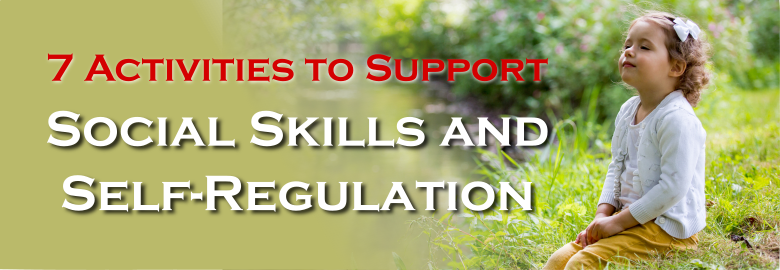
7 Ways to Support Students with their Social Skill Development and Self-Regulation
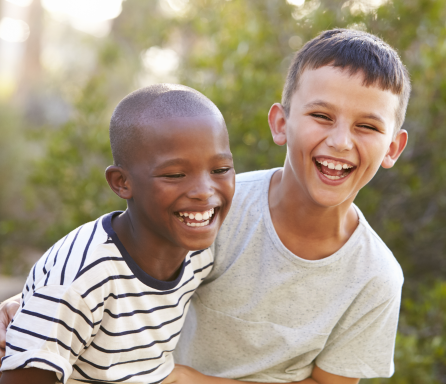 Social cues are the signals that people send through tone of voice, body language, gestures and facial expressions. When individuals misread social cues, they can misunderstand people and situations. Students who have trouble with social skills may not know how to communicate to others effectively, including how to take turns, work in a group, start a conversation, or respect personal body space. Often this is tied to challenges with self-regulation, in which students are not able to control impulsivity or express their emotions in a socially appropriate manner.
Social cues are the signals that people send through tone of voice, body language, gestures and facial expressions. When individuals misread social cues, they can misunderstand people and situations. Students who have trouble with social skills may not know how to communicate to others effectively, including how to take turns, work in a group, start a conversation, or respect personal body space. Often this is tied to challenges with self-regulation, in which students are not able to control impulsivity or express their emotions in a socially appropriate manner.
These activities in the Sharing Center can help students improve their social skills and develop self-awareness and self-regulation strategies:
1. Identfy Feelings in Self and in Others
Invest time each year working with students on identifying feelings, including more subtle feelings such as concerned, uncomfortable, irritated, or satisfied. With older students, consider explicitly teaching vocabulary or idioms to deepen labels of feelings ("bewildered", "bursting with pride", "chip on his shoulder", "at a loss for words"). There are so many programs, games, books, and activities that teach feelings and emotions.
2. Note how feelings can change and strategies to help.
Once labels are attached to feelings, we can consider strategies to help. There are many books to teach ways to calm such as "When Sophie Gets Angry..." by Molly Bang and "Grumpy Monkey" by Suzanne Lang. Many programs also teach ways to calm or strategies for solutions such as "Zones of Regulation" by Leah Kuypers and Tucker Turtle.
3. Learn ways to express feelings to others
Students may be able to identify their feelings, but have difficulty expressing what is happening. It may not be easy to say, "That noise is driving me crazy" or "I am so stressed I don;t know what to do!". Visuals can help teach ways to effectively communicate problems or provide alternate communciation methods to use when problems arise.
4. Recognize expected and unexpected behaviors in self and others
To help teach social skills and self-regulation, look at expected and unexpected behaviors in a situation. Programs like Social Thinking by Michelle Garcia Winner use this to help teach social skills. It helps to know what expected behaviors look like in a place or activity, such as what it looks like in the cafeteria or in the library, or when I have a question.
5. Specify the problem and note the size of a problem
Not all problems are equal. However, there are times when each of us needs some perspective and remember that the problem ahead of us may not be so big after all. Here are some materials that deal with teaching about the size of the problem and may lead to discussion on how to begin to solve the problem.
6. Examine specific behaviors and appropriate ways to manage.
Social Narratives are one method used explain a target behavior and how to achieve it. Here is a sample of a Social Narrative to teach personal space.
Contingency Maps present a visual of choices and consequences of the choices.
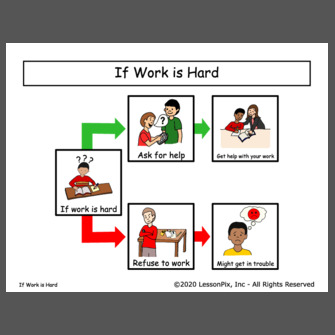
7. Consider expectations for working with another or a group of people.
Working with a group presents challenges beyond self-regualtion. It is not always easy to adjust or sacrifice individual wants for the benefit of the group.
Here is an activity to discuss the expectations for working effectively as part of a group and invite students to add their ideas in the blank spaces.
Here are more activities to support skills to work in a group.
To find more on social skills, visit the Sharing Center at LessonPix.com.
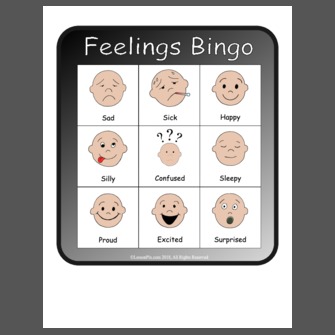
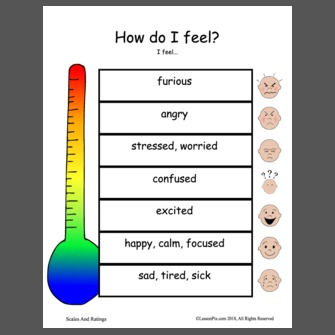
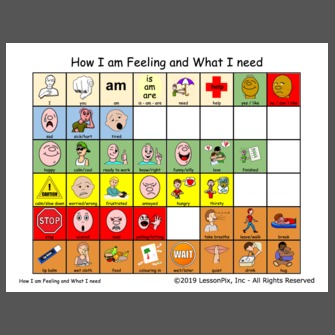
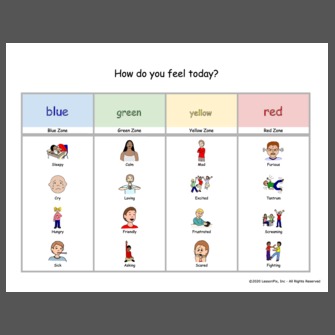
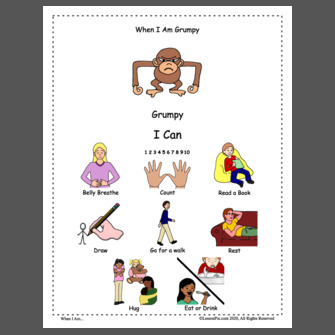
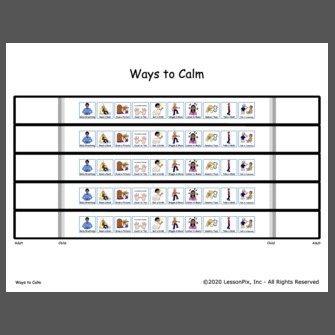
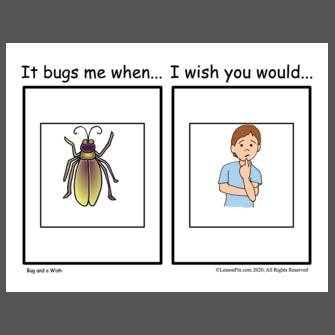
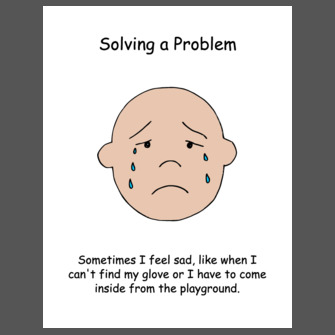
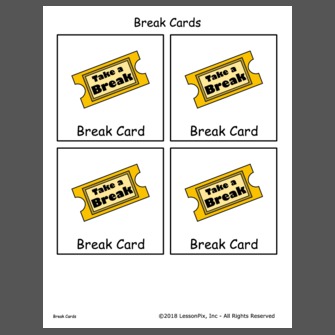
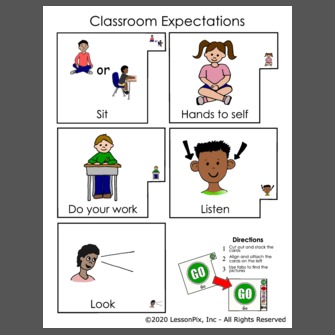
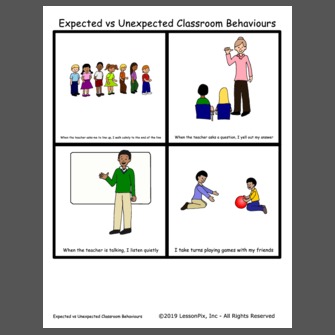
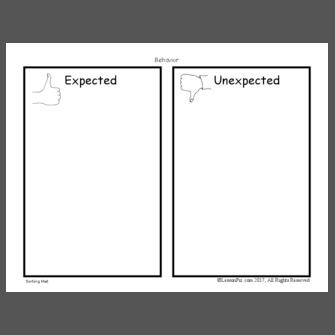
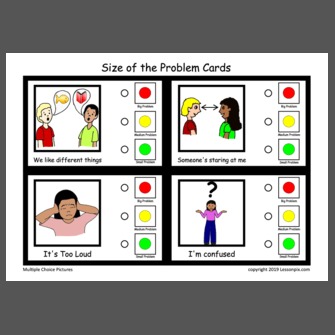
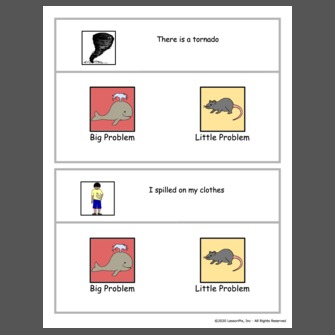
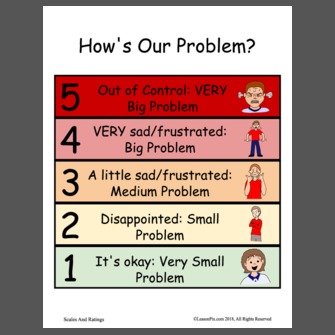
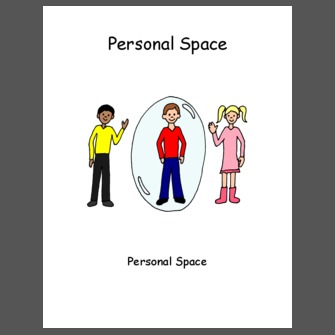
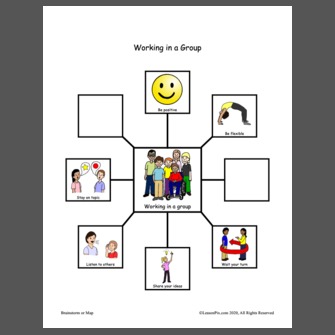



 Facebook
Facebook Twitter
Twitter Pinterest
Pinterest